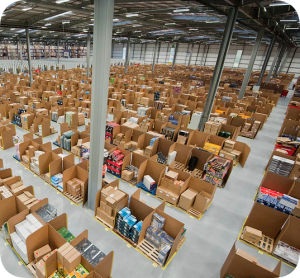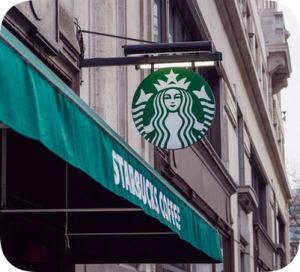Although electricity prices usually tend to increase alongside the temperature, this summer Americans could see their utility bills rise to record levels. The video below explains how climbing natural gas costs have made air conditioning more expensive than ever, a situation made worse by tangled supply chains and the war in Ukraine.
Questions:
- How do rising natural gas prices impact utility costs for consumers?
- Do you think utility providers should invest more in renewable energy sources to reduce their Continue reading








